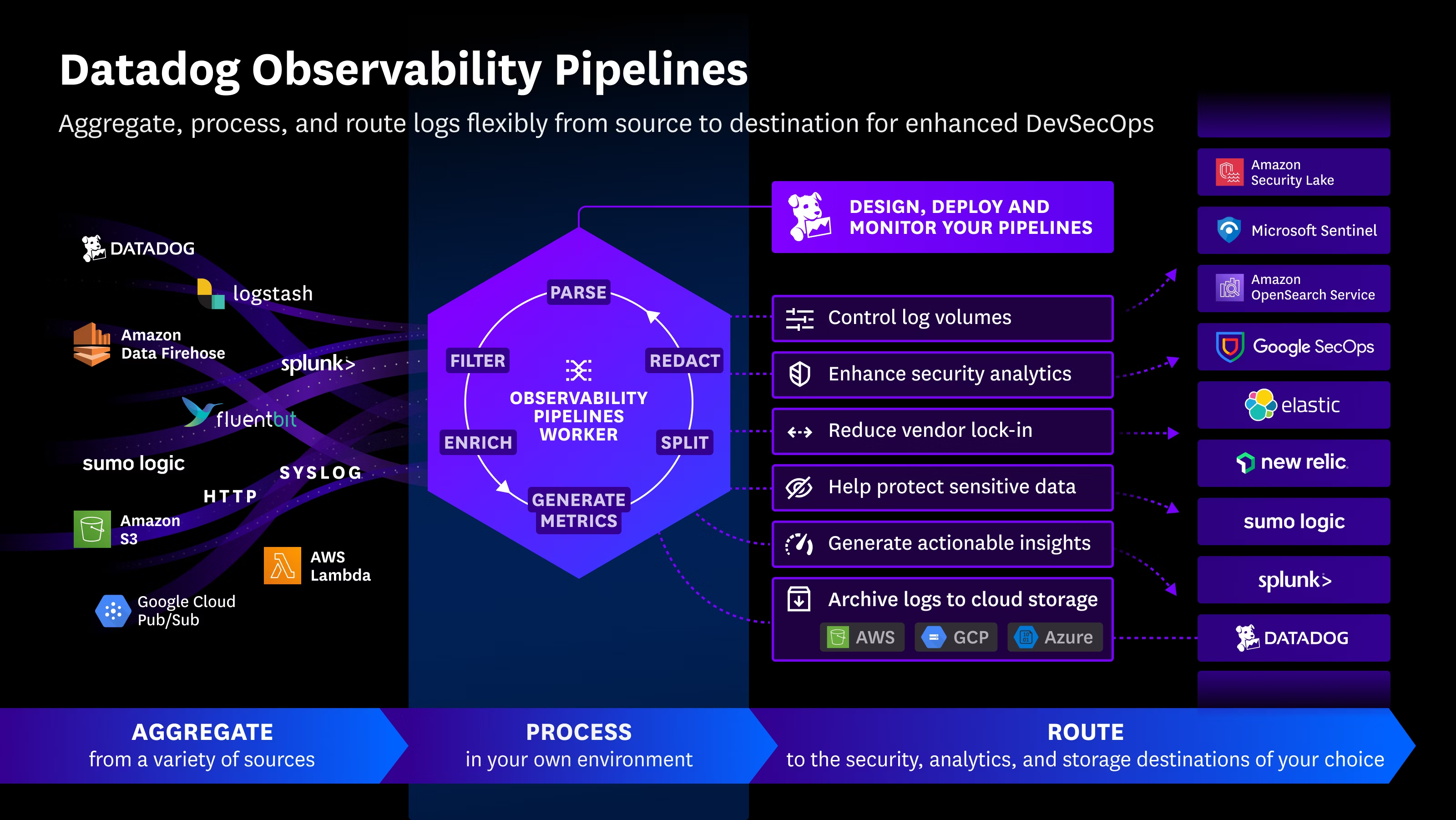1. Create the function in AWS Lambda
Step 1: Access the Lambda console
- Log in to your AWS Console.
- In the search bar, type “Lambda” and select AWS Lambda.
- Click on Create function.
Step 2: Configure the function
- Select “Author from scratch.”
- Fill out the fields:
- Function name:
assign_badges_lambda - Runtime:
Python 3.11 - Architecture:
x86_64 - Execution role:
- Select “Create a new role with basic Lambda permissions”.
- Function name:
- Click on Create function.
2. Create the code and its dependencies
We need a deployment package (ZIP file) with our code in lambda_function.py and libraries (e.g., requests).
Step 1: Prepare the package locally
- Create a folder, for example:
su-lambda. - Inside
su-lambda, createlambda_function.pywith example code that uses a refresh token if the access token is expired. Let’s assume your API has an endpoint/auth/login/refresh/that receives{"refresh": "<REFRESH_TOKEN>"}and returns a new access token.
import requests
import os
import logging
logger = logging.getLogger()
logger.setLevel(logging.INFO)
def refresh_access_token(session, refresh_url, refresh_token):
"""
Requests a new access token using the refresh token.
Returns the new token or None if it fails.
"""
logger.info("Attempting to refresh access token...")
try:
# Assume your refresh API is a POST to refresh_url with JSON: {"refresh": "<REFRESH_TOKEN>"}
response = session.post(refresh_url, json={"refresh": refresh_token})
response.raise_for_status()
data = response.json()
new_access = data.get("access")
if new_access:
logger.info("Access token refreshed successfully.")
return new_access
else:
logger.error("Refresh response did not include an 'access' token.")
return None
except requests.exceptions.RequestException as e:
logger.error(f"Error refreshing token: {str(e)}")
return None
def lambda_handler(event, context):
logger.info("Lambda function started execution.")
# Read environment variables
API_URL = os.environ.get("DJANGO_API_URL", "https://api.ejemplo.com/assign-badges/")
REFRESH_URL = os.environ.get("DJANGO_REFRESH_URL", "https://api.ejemplo.com/auth/login/refresh/")
ACCESS_TOKEN = os.environ.get("DJANGO_API_ACCESS_TOKEN") # Initial Access Token
REFRESH_TOKEN = os.environ.get("DJANGO_API_REFRESH_TOKEN") # Refresh Token
if not ACCESS_TOKEN or not REFRESH_TOKEN:
logger.error("Access or Refresh token is missing. Check environment variables.")
return {
'statusCode': 500,
'body': 'Missing tokens in environment variables'
}
# Use requests.Session() to handle cookies if needed.
session = requests.Session()
headers = {
'Authorization': f'Bearer {ACCESS_TOKEN}',
'Content-Type': 'application/json'
}
try:
# Attempt main call
logger.info(f"Sending request to {API_URL}")
response = session.post(API_URL, headers=headers)
# If access token is expired, API might respond 401
if response.status_code == 401:
logger.info("Access token expired. Attempting to refresh...")
new_access = refresh_access_token(session, REFRESH_URL, REFRESH_TOKEN)
if new_access:
# Update header with new token
headers['Authorization'] = f'Bearer {new_access}'
# Retry the request
logger.info("Retrying the API call with new access token...")
response = session.post(API_URL, headers=headers)
else:
logger.error("Could not refresh access token. Aborting.")
return {
'statusCode': 401,
'body': 'Unable to refresh token'
}
# Final response handling
response.raise_for_status()
logger.info(f"Response Status: {response.status_code}")
logger.info(f"Response Content: {response.text}")
return {
'statusCode': 200,
'body': 'Badges assigned successfully!'
}
except requests.exceptions.RequestException as e:
logger.error(f"Error calling the API: {str(e)}")
return {
'statusCode': 500,
'body': f'Error: {str(e)}'
}
- Compress everything into a ZIP:bashCopy
zip -r deployment_package.zip .
Notes:
refresh_access_tokenperforms the flow to request a new access token.- It is assumed the API returns JSON with a key
"access"if successful. - If your API handles cookies/CSRF, you should extend the code to get a
csrftokenand include it in every call.
3.- From the folder su-lambda, install the dependencies (e.g., requests):
pip3 install requests -t .
4.- Compress everything into a ZIP:
zip -r deployment_package.zip .
Step 2: Upload the ZIP to AWS Lambda
- Return to the AWS Lambda console, select your function
assign_badges_lambda. - Go to the Code tab and click “Upload from” → “.zip file”.
- Select
deployment_package.zipand confirm. - Click Deploy.
3. Configure environment variables
Go to the Configuration tab → Environment variables to specify your API URL, the access token, the refresh token, etc.
For example:
- Key:
DJANGO_API_URL
Value:https://api.ejemplo.com/assign-badges- Key:
DJANGO_API_URL
Value:https://api.ejemplo.com/assign-badges
- Key:

 Español
Español













